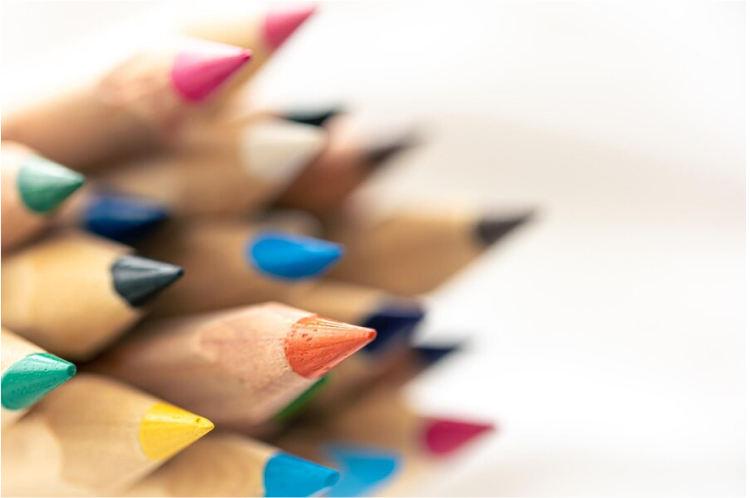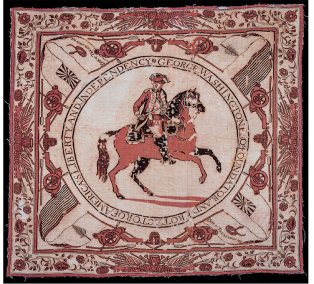- Acrylic
- Animal
- Animal Keychains
- Bottle Opener
- Carabiners
- Carabiners Keychains
- Cheap Keychains
- Detachable Key Rings
- Dog Tags
- Engraved
- Engraved Keychains
- Floating
- Floating Keychains
- Keychain Flashlights
- Keychains Low Min
- Leather Keychains
- Metal
- Metal Keychains
- Multipurpose
- Multipurpose Keychains
- Photo
- Photo Keychains
- Plastic
- Plastic Keychains
- Retraceable Key Rings
- Retractable Key Rings
- Safety
- Whistle
- Whistle Keychains
- Adhesive Note Pads
- Binders
- Calculators
- Clipboards
- Desktop Accessories
- Die Cut Sticky Notes
- Document Holders
- Dry Erase
- Hard Cover Notebooks
- Highlighters
- Jotter Pads
- Leather Notebooks
- Letter Openers
- Magnifiers
- Note Pad Cubes
- Note Pads
- Notebooks
- Paper Clips
- Sheet Pads
- Spiral Notebooks
- Sticky Note Pads
- Sticky Notes
- American Flags
- Banner Stands
- Banners
- Bar
- Barricade Tape
- Feather Flags
- Flags
- Floor Stickers
- Indoor Banners
- Neon
- Outdoor Banners
- Parking
- Pop Up Banners
- Posters
- Retractable Banner
- Road
- Safety Signage
- Sidewalk
- Sidewalk Signs
- Sports Banners
- Standup Banners
- Street
- Tabletop
- Vinyl Banners
- Wood
- Yard
- Yard Signs
- Beach Totes
- Boat Totes
- Canvas
- Canvas Tote Bags
- Cheap Tote Bags
- Clear
- Clear Bags
- Cotton
- Cotton Tote Bags
- Custom Tote Bags
- Grocery Tote Bags
- Jute
- Jute Bags
- Laminated
- Laminated Bags
- Low Min. Tote Bags
- Non Woven
- Non Woven Bags
- Paper Bags
- Reusable Grocery
- Reusable Grocery Bags
- Reuseable Grocery Bags
- Tote
- Wine
- Balloons
- Bubble Toys
- Coin Banks
- Color Changing
- Colored Pencils
- Coloring Materials
- Crayons
- Fidget Toys
- Games
- Gliders
- Glow In The Dark
- Kites
- Kites And Gliders
- Light Up Toys
- Noise Makers
- Novelty & Sports Balls Coin Banks
- Novelty And Sports Balls
- Ping Pong Balls
- Playing Cards
- Plush Toys
- Puzzles
- Recreational
- Slime
- Toys
- Yo-Yos
- yp yos
- Aluminium Bottles
- Aluminum
- Aluminum Water Bottles
- Bottled Water
- Bpa Free
- BPA Free Bottles
- BPA Water Bottles
- Cheap
- Cheap Bottles
- Cheap Water Bottles
- Eco Friendly
- Eco-Friendly Bottles
- Glass
- Metal Bottles
- Metal Water Bottles
- Plastic Water Bottles
- Shaker
- Shaker Bottles
- Shaker Water Bottles
- Steel
- Steel Water Bottles
- Vacuum Insulated
- Water Bottles Low Min
Browse By Events



















































